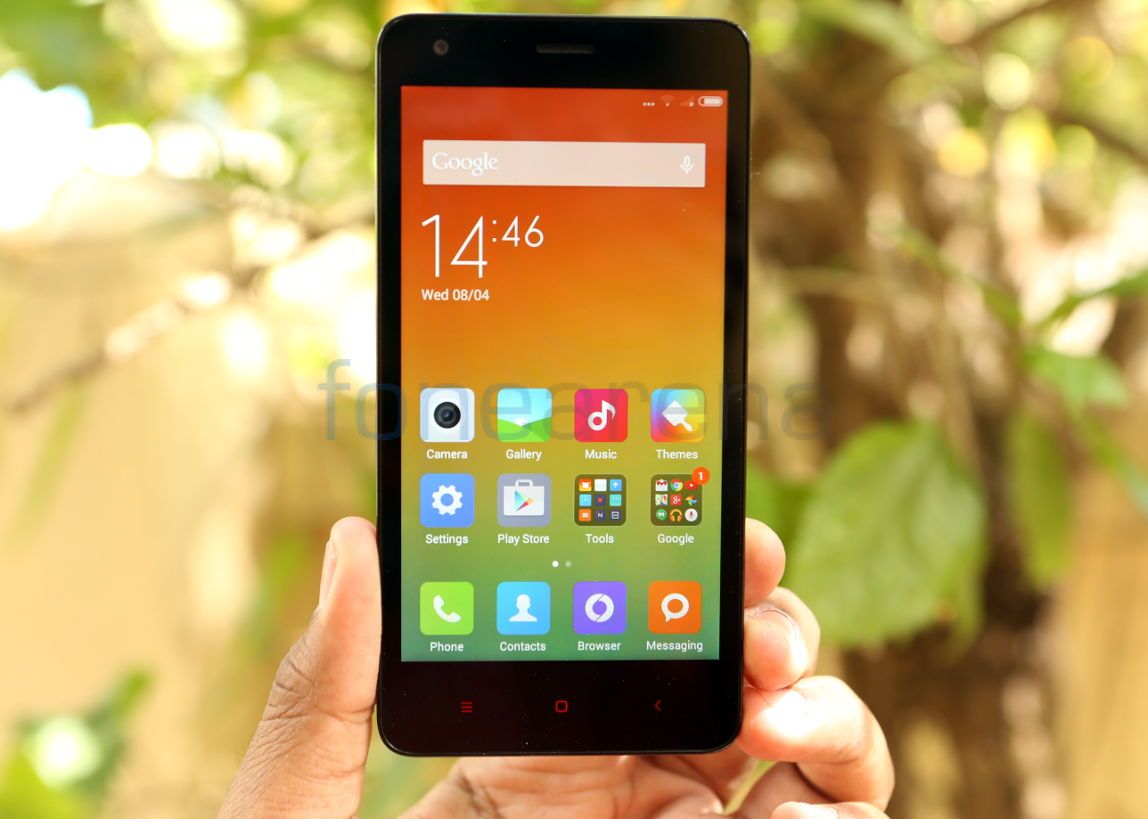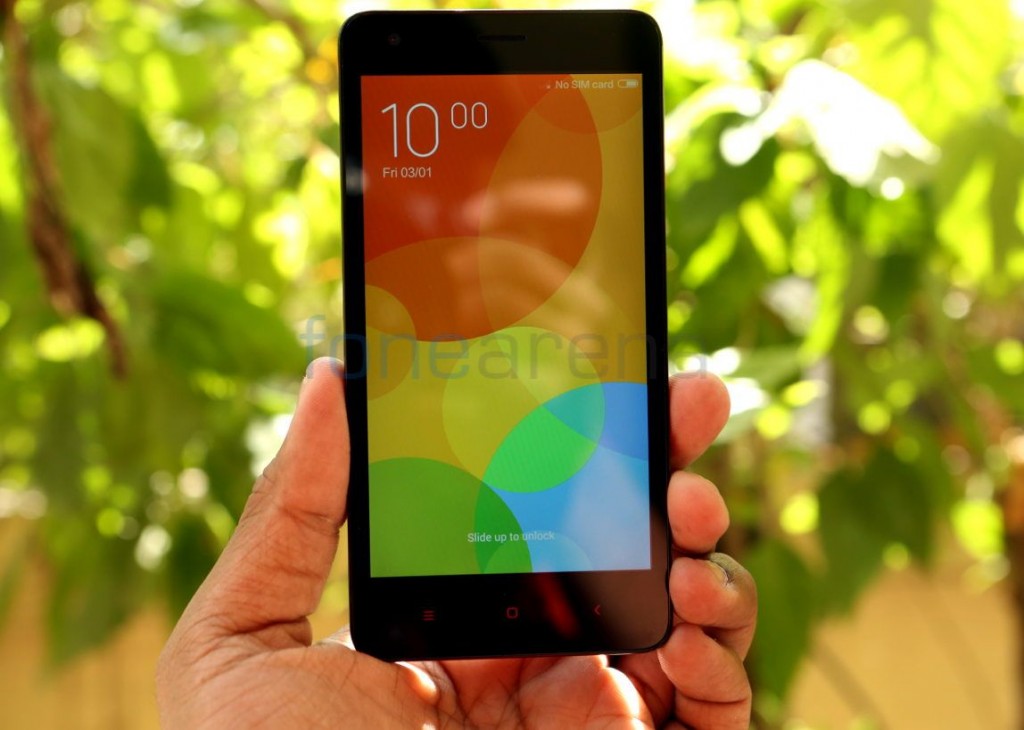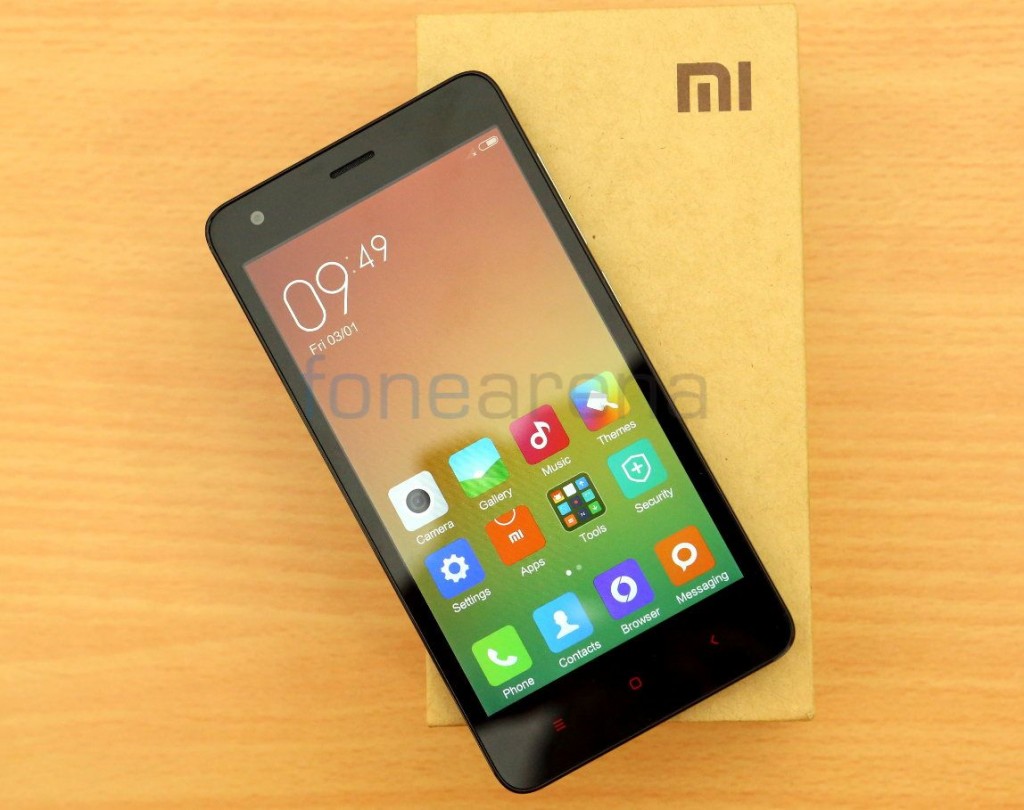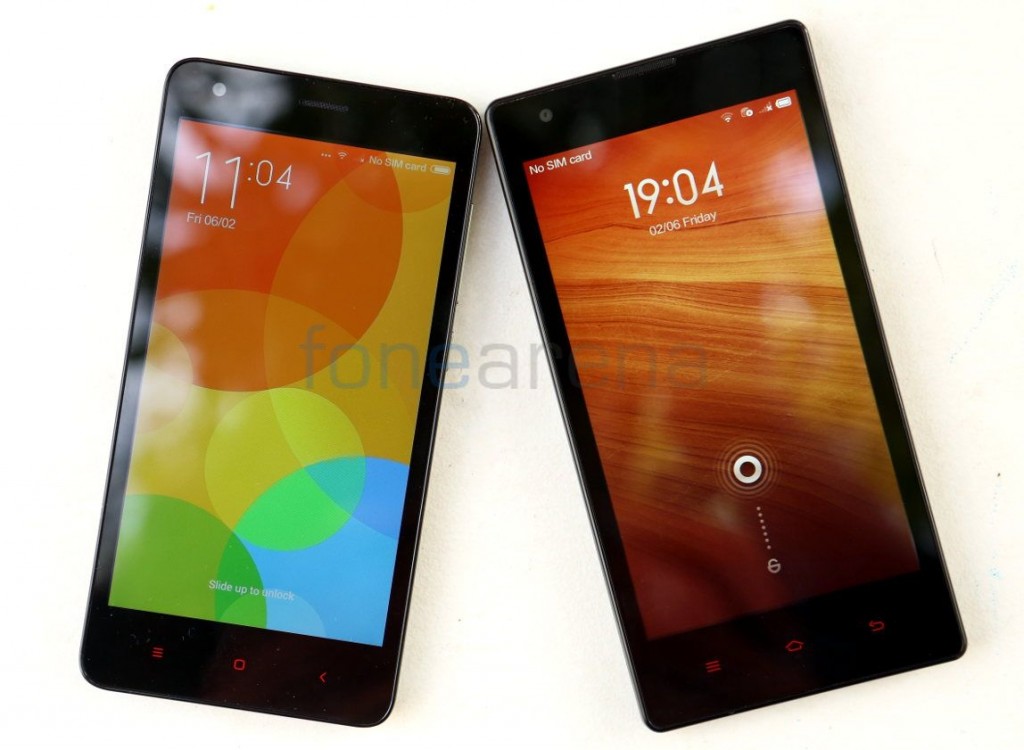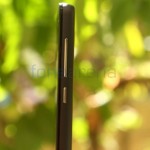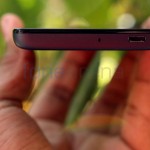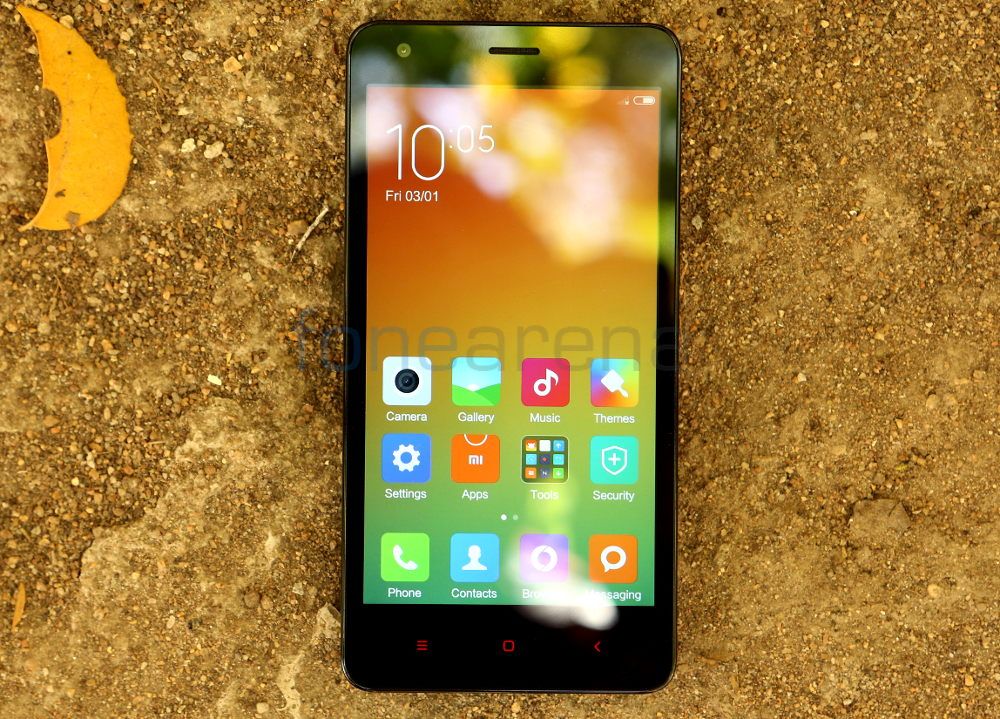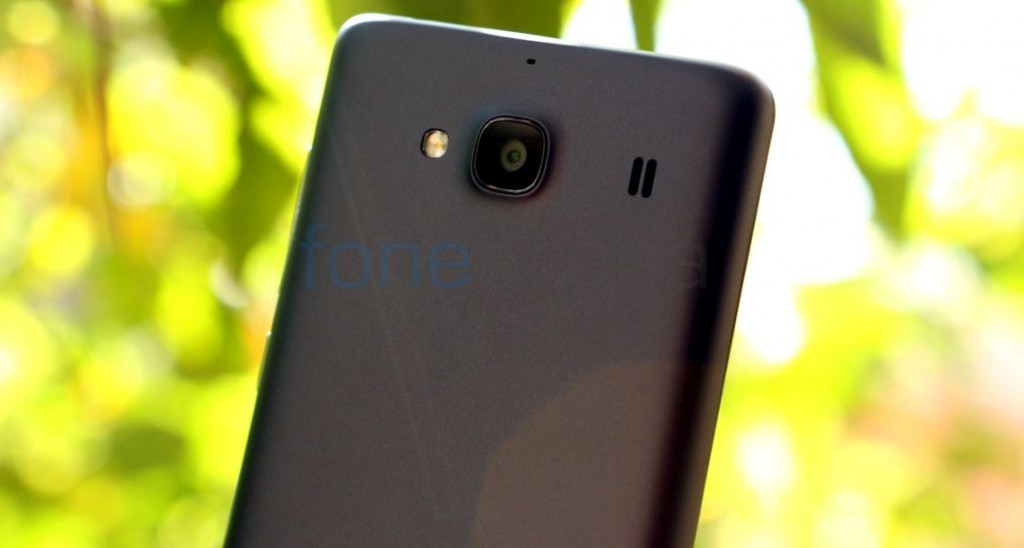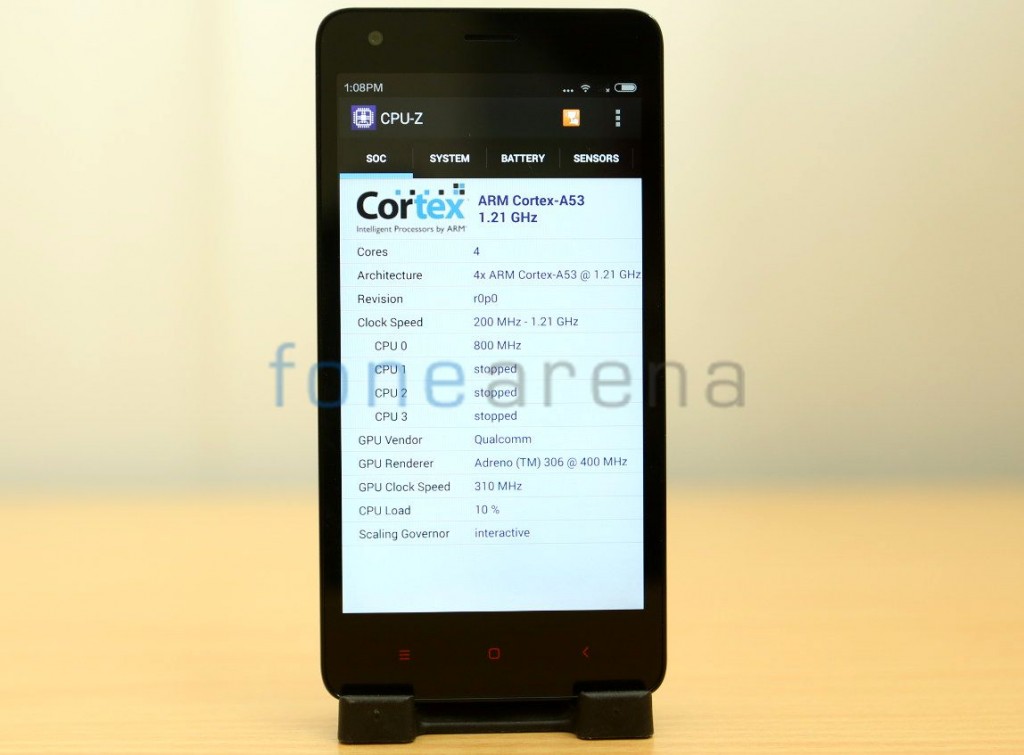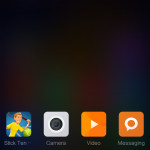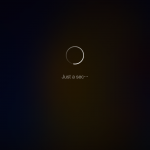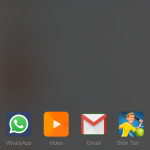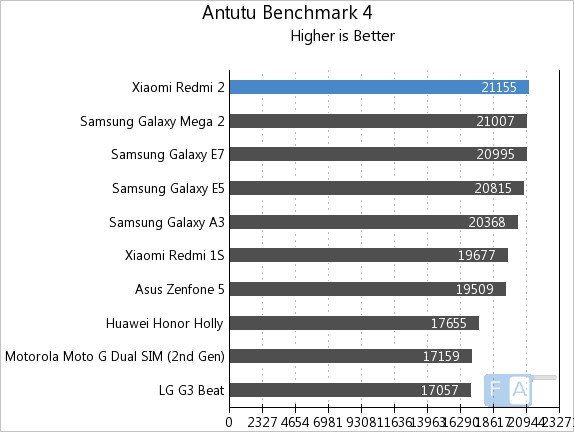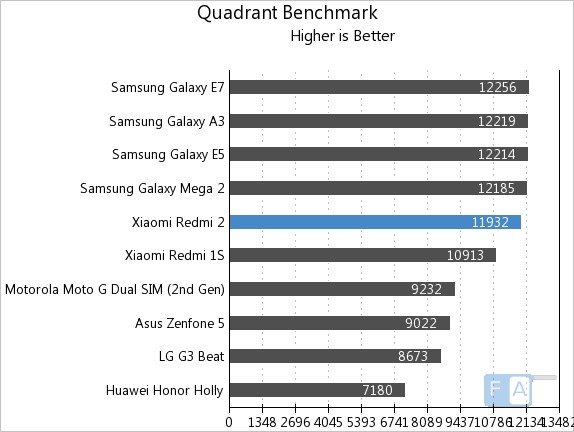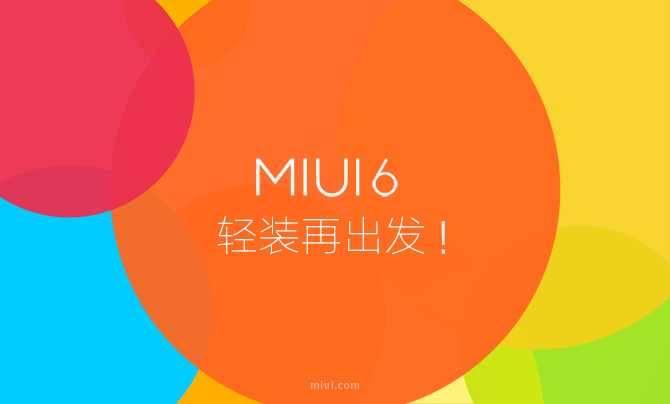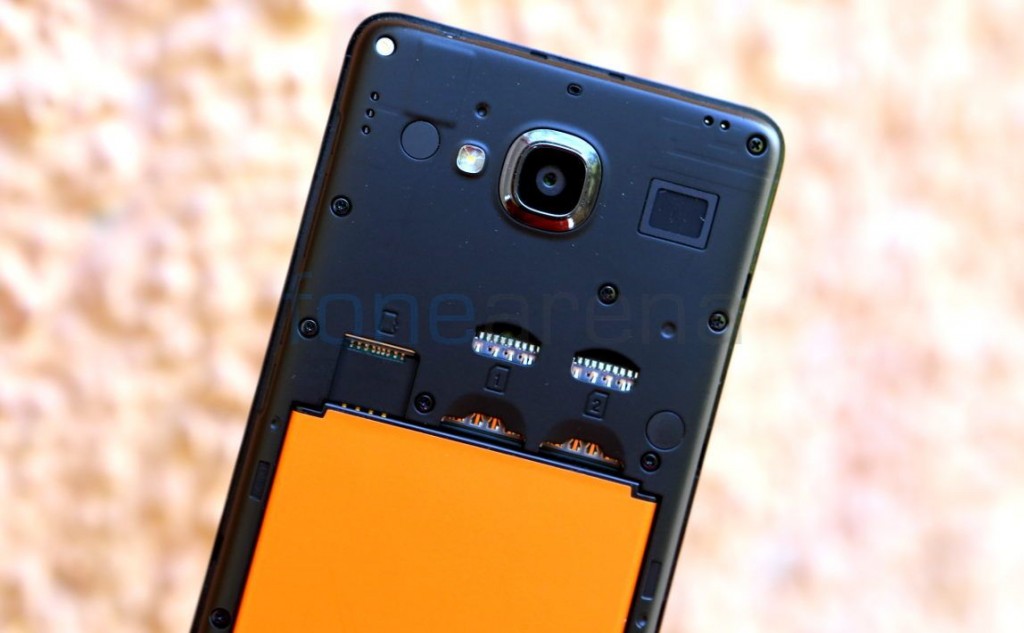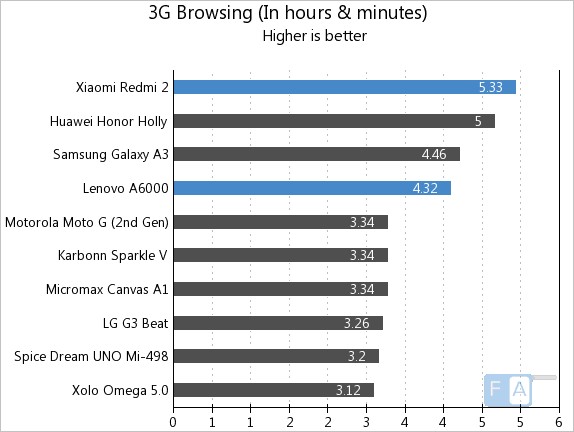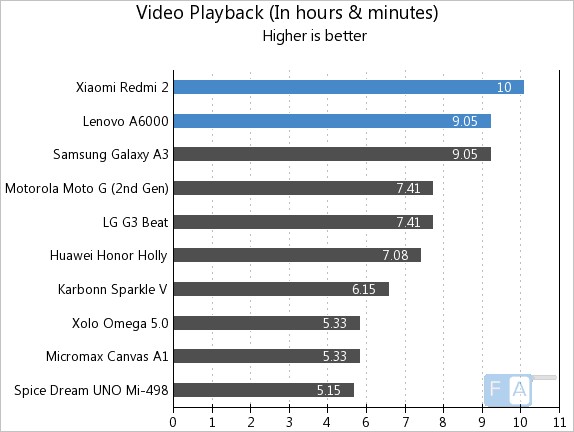Xiaomi’s grand entry into India was more to do with the Redmi 1s than any of its other devices. We had called it “one of the best budget smartphones ever made” and that it was, with a price point that shook the market. Over 6 months have passed since then, and the market has adapted to the threat, with a number of devices that now offer more or less the same, in terms of specifications. The Redmi 2, launched about a month back, is the sequel which faces renewed competition and tremendous expectations. With evolutionary changes, how does it fare this time? Let’s find out.
When we unboxed the Redmi 2, immediately noticeable were the pleasant changes to design. We had called the Redmi 1s “smartphone design 101” meaning it was too basic and the opposite of anything related to “elegance”, but things have taken a turn for the better on the Redmi 2. With a less blockier appearance and a sleeker profile, the Redmi 2 not only looks better, but also feels more “appropriate” in the hands.
For example, the corners are slightly more rounded, so it doesn’t poke as much as the 1s. Even the back panel seems more refined in its finish, so overall it looks and feels like a refined version of the Redmi 1s, which is a good thing, really.
The refinement extends to the display too, which, despite being the same 4.7″ 720p panel, offers an experience way better than the 1s. The strikingly colorful display, augmented by MIUI 6, is one of the best in class. The air gap, that introduced a lot of reflectivity on the 1s is non-existent on the 2, and naturally come the by-products of better sunlight visibility (the ambient light sensor is very responsive) and improved contrast in most viewing angles.
Also notable are the narrower bezels, which have reduced the overall size of the phone. The placement of the buttons, the red capacitive shortcuts (no backlight), the multi-colour notification LED just below, the ports and mics, all exist in their respective places, just slightly different from the 1s.
The Redmi 2 even sports the same 8 megapixel f2.2 unit as its predecessor, which is equally good, if not slightly better, in terms of performance. Slightly better, mainly because MIUI 6 seems to have tweaked algorithms, which result in better looking photos overall. All images from the Redmi 2’s camera are packed with detail, which is usually near-absent in camera units from other similarly-priced devices. Here are some camera samples, for you to examine –
We couldn’t complain much about the detail at 100% or its low light capabilities, purely because of its price point, and we find it good enough to satisfy even the power user, with plenty of options in the re-designed camera app. Apart from live filters, a robust and clean HDR mode and different scenes, the camera app also comes with manual options for white balance and ISO. The device can do 1080p video, which too, like stills, is good in terms of quality in image as well as audio. The only problem that we faced in the camera is the occasional slow start up, which brings us to the performance aspect of the Redmi 2.
Powered by the Snapdragon 410 64-bit capable quad core processor, the Redmi 2 is quite fast in its operation, fresh out of the boot. The 1.2 GHz quad core processor and the Adreno 306 GPU let apps and games be fast and smooth, but there is one major pain point in our long-term experience with the device and that concerns the amount of RAM. We had faced this issue initially with the Redmi 1s too, with a lot of apps taking a long time “resuming” their suspended states in memory. This was partially fixed with a software update on it, but on our 1 GB RAM variant of the Redmi 2, the issue persists.
Using the camera app for a while takes up so much of RAM that when you go back to the home screen, it says “Just a sec” for more than 5 seconds and then shows you the actual home screen. Apps resume mostly with a blank screen and then fill data in, unless you just used them a while back. The culprit was most definitely the RAM, which we found to have a free space of about 100 MB when the phone was in use. Even casual games refused to resume to their states unless RAM was cleared, which, when done, gives you about 200 MB of extra headroom. It might be MIUI 6 that’s eating a lot of RAM, or may be other background processes, but with a minimal installation of apps and games, this can’t and shouldn’t happen. And we have no idea where the 2 GB RAM version of the Redmi 2 is. In all ways, the 1 GB variant will feel sluggish, if you are looking for a seamless experience, so ideally the 2 GB RAM variant will be the one to look out for. We ran benchmarks to test the raw performance of this device, which you can have a glimpse of, here –
We also ran some games to find out if the overheating problem exists, and we are happy to report that despite prolonged hours of gaming, overheating doesn’t seem to be an issue at all. The phone very rarely overheated, in our experience. Connectivity wise, the Snapdragon 410 enables the use of LTE on the Redmi 2, with bands that support India’s slowly-progressing 4G networks. There are two micro SIM slots with respective management settings in MIUI 6. In terms of storage, the 1 GB RAM variant comes with 8 GB of internal memory, out of which about 5 GB is available for apps and user media. It does have a micro SD card slot too, in case any expansion is needed.
Coming to software, the Redmi 2 runs MIUI v6 out of the box, which is based on Android 4.4.4 KitKat. No Lollipop here, but as you might have known, from our earlier reviews, MIUI v6 is a very aesthetically pleasing and functional flavor of Android. The attention to detail in the default apps and the UI overall, is impressive, despite its questionable similarities with Apple’s iOS. As we had mentioned in our Redmi 1s review, MIUI offers the best out-of-the-box experience, with plenty of utilities at your disposal. You can have increased control over what apps identify on your phone, have better power management, better trash management for temporary files and so on. The experience doesn’t stop with just utilities, you have plenty of customization options too, with plenty of mix-and-match modular themes, which is finally getting into other major ROMs these days. The software experience is only hampered by the previously mentioned limitation in RAM, which should hopefully be much better on the 2 GB RAM variant.
The battery on the Redmi 2 is a Lithium-Polymer 2200 mAH battery, which manages to keep itself on for more than a day of medium to heavy usage. The performance of the battery is much better than its predecessor which largely loses its battery life in a day. With two SIMs, it definitely will be worse, but there are plenty of battery management options in MIUI v6 to keep it going for a longer time. Honestly, we hadn’t expected the battery to perform this well, but the stats were pleasantly surprising. Here are some examples of how it fares in comparison with other similar devices –
The Redmi 2, despite the sluggish performance of its 1 GB RAM variant, finds itself above the rest of the flock, purely thanks to quality in design and the hardware-software combination. It’s clear that Mi devices are the primary vehicles for the Mi ecosystem, which will include devices more than just smartphones or tablets. For this reason, the Redmi 2 serves as the first point of entry. At Rs. 6,999, which is 1k higher than its predecessor, the Redmi 2 manages to be a budget device that can do it all, including 4G LTE, but to “do it all without lag”, the 2 GB RAM variant needs to come to the market as soon as possible, which will make it, yet again, one of the best budget devices in the market.

